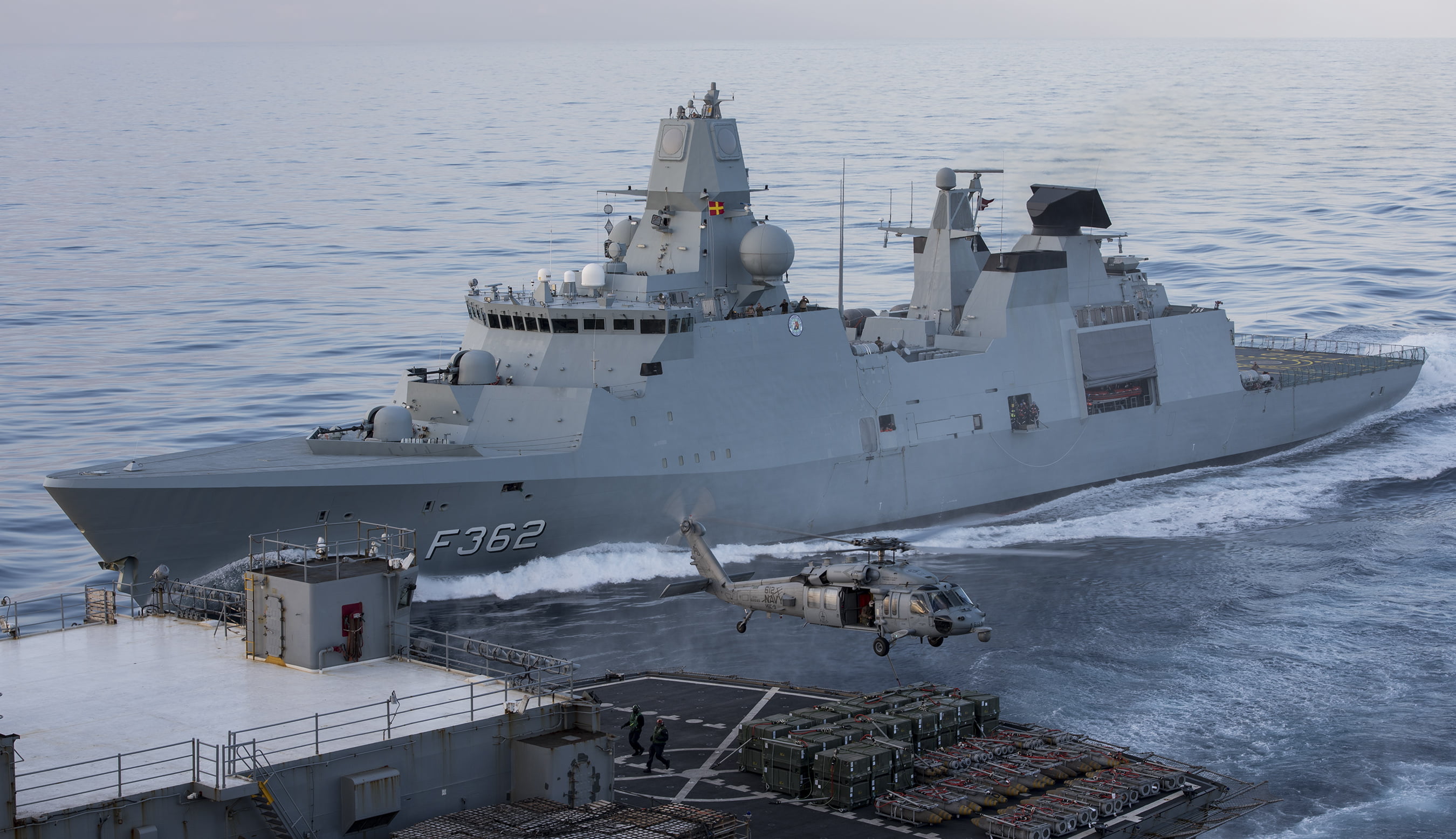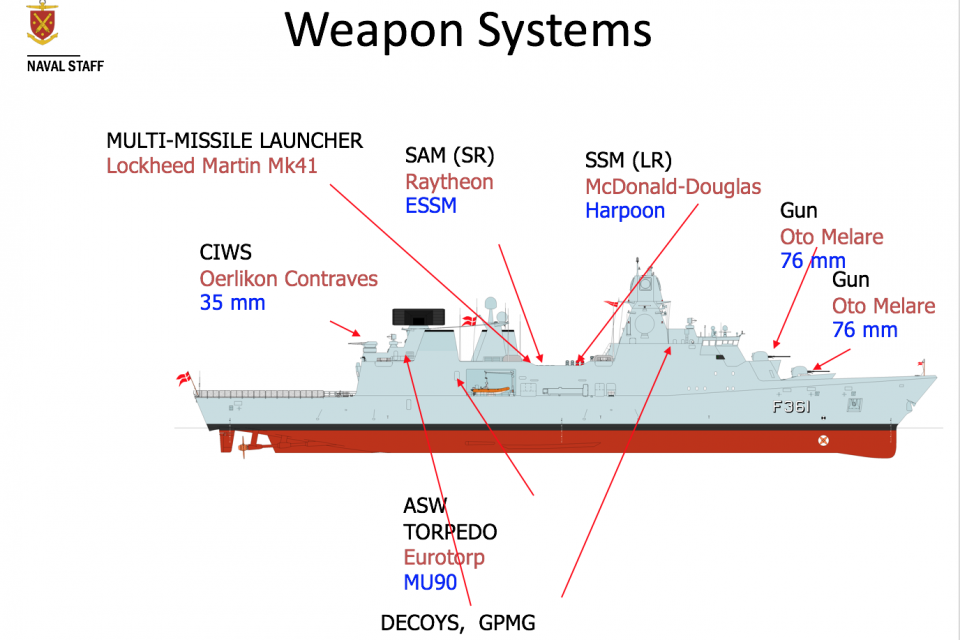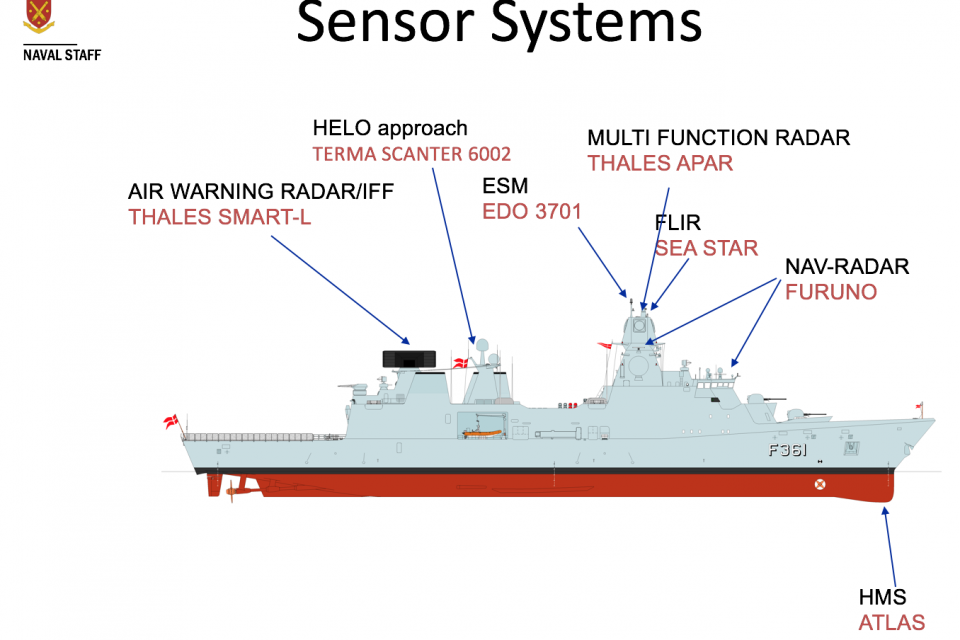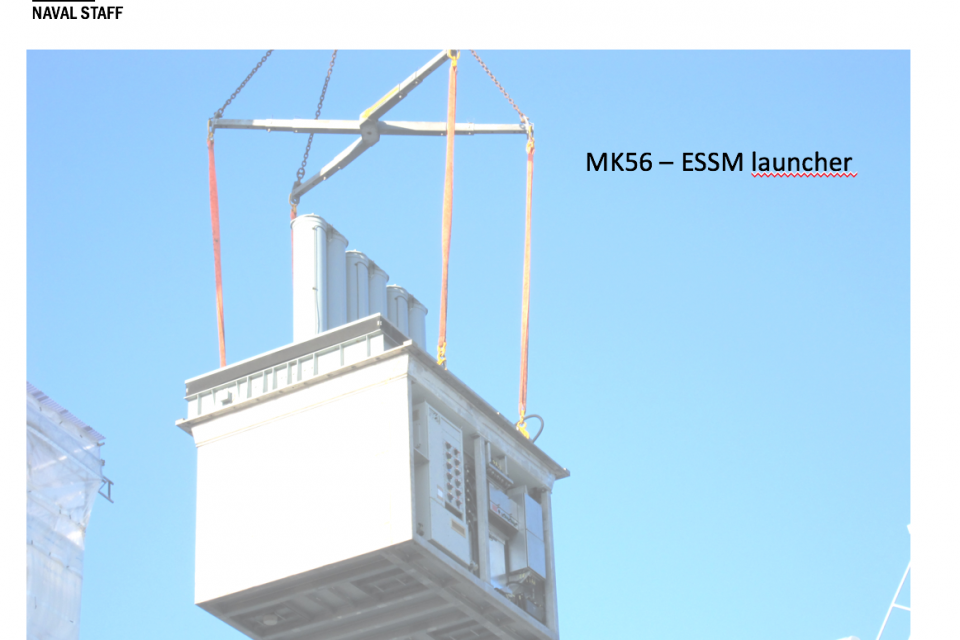By Robbin Laird
During my current visit to Denmark, I have a chance to meet with Admiral (Retired) Nils Wang, a dialogue partner for several years in my visits to the country.
He has provided the readers of Second Line of Defense with many key insights not only with regard to Denmark and Nordic Security but more broadly with regard to the changing strategic geography in the region (the addition of the Arctic) and with regard to calibrating our understanding of the nature of the 21st century Russian challenge, rather than staying rooted in past understandings of the Cold War.
With regard to this last point, a key challenge facing many in the West is simply writing in Russia for the Soviet Union. With the collapse of the Warsaw Pact, Russia does not surround Northern Europe as it once did.
Russia has changed its approach and means to pressure the region, which means in part the challenge of direct defense also has changed.
One aspect of change with the strategic shift to having to deal with force on force threats from competitors like Russia and China is the question of the ability not only to defend infrastructure but to find ways to build larger number of assets costs effectively.
And let us be clear – the methods of building smaller numbers of platforms at higher cost and slowly is not going to make it with the prospects of facing force attrition in force on force engagements.
One sector that needs clear change is in shipbuilding.
Notably, modularity provides a way to do this as both the UK has shown in building their carriers and the Danes in building their frigates,
Now in the case of the two, approaches are merging as a new build approach for a new class of UK frigates is being offered by the Danes as part of a UK industrial consortium.
Admiral (Retired) Wang spoke to these issues during our recent meeting in his office where he has a new position, namely, managing director of Naval Team Denmark. The organization was established in 1995 to support the export potential of the Danish Naval Industry. The organization stems from the build of the modern Danish Navy, built around its revolutionary Flex Ships Concept.
The core concept of modularity as practiced by Danish industry is to build in ways to modernize the ship over time.
The Danes invented LEGO and have applied it to shipbuilding.
According to Nils Wang there are two types of modularity in the Danish ships.
“The first type is modularity provided by the digital shipbuilding process.
“You can actually construct the ship by building it in different places, and then get the modules together, weld them together, and then you have a ship.
“The ship was built on the old Maersk-Line shipyard here in Denmark before it closed.
“The last thing that they did on that shipyard was building the three frigates for the Danish Navy, and the way of thinking about ship construction came from their experience in building large container ships in great numbers.
“This also affected the degree of automation in the new combatants. If you’re building a 350 meter container ship that should be run by eleven people, you have to think about how to monitor doors, windows, valves and hatches automatically.
“Here you find one of the keys to the 110 crew basis manning of new Danish frigates and Danish flexible support ships..”
But there is a second meaning to modularity with regard to how the Danes approached building their frigates.
“The second meaning of modularity refers to the built-in enablement of cost-effective modernization. The ship is built with standard modules for weapons.
“The whole idea of having your weaponry containerized provides you with a tactical flexibility where you can change a broken gun within hours but also an operational flexibility where you within a day or two can fit your ships for the mission and give it the weaponry that is dictated by the situation”.
“This provides you with a strategic flexibility where you can transfer an important part of your investments in modern updated weaponry from your old decommissioned platforms to the new platforms through the modular inserts.
“It is plug-and-play approach to upgrading weapons.”
We then discussed the impact of ship numbers.
Modular shipbuilding can allow a quicker buildup of ships as naval forces face attrition in force on force conflicts.
“Not having an ability to replace ships rapidly might be something that you can live with if it’s an asymmetric warfare, if you’re going on patrols once in a while.
“But if you’re preparing for a conflict with a peer adversary, you also have to think about attrition. You need to both fulfill your quality ambitions, but you also need to fulfill your quantity ambitions. You are not going to get the numbers of you need if you take the slow road to builds and upgrades.
“Modular shipbuilding in the two senses I have suggested allow you to do both, more rapid builds and more rapid upgrade as well a swap out of weapon systems in times of crisis as well.”
I noted that the new ships in the Danish Navy are much larger than the US Navy’s LCS which allows more flexibility as well for ongoing upgrades as well.
“Big ships are easier to maintain than small ships, and by the way big ships are often cheaper to construct and to refit than small ships because the work space become very congested onboard”.
“When you are building a ship, you are building a weapons platform that will last for more than 30 years. So a wide beam spacious frigate like a 6.600 tonnes Iver Huitfeldt class provides you with modernization potential.
“For example, in addition to the 5 build-in positions for weapon containers we built in the Mach 41 launcher from the very beginning, even though we knew we couldn’t afford to put any weapons in it from the beginning.
“We just wanted it to be there because we never knew what the future would bring.
“Now the recent defense agreement actually stipulates that we will order SM2 , allowing Denmark to provide Area Air Defence in the Baltic and we can install these standard missiles from almost one day to the other because the infrastructure is already there.
“Later we will acquire SM6 and possibly even Tomahawk Strike Missiles, options available 10 years inside the frigates life cycle due to lots of space and a flexible ship infrastructure.”
We then turned to the offering which the Danes are participating in with regard to a new build frigate for the Royal Navy.
“The candidate in the Type 31 competition in the UK, the Arrowhead 140, is a copy more of less of the Iver Huitfeldt class, the Danish frigate, and it’s a consortium consisting OMT, the Odense Maritime Technology, that is the design company that designed the Iver Huitfeldt class, Babcock and Thales as well as other UK firms.
“The approach is modular which allows different parts of the UK to build the modules.
“We did this with our own frigates, and clearly this can be utilized in the Arrowhead 140 project.
“This is important for today’s UK for sure.
“One can actually create jobs in different parts of the country using this method, and nowadays that is a big thing.
“Maintaining a shipbuilding industry and the related blue collar workspaces is a political priority in many countries.
“Spreading the work load to several constituencies allowing everybody a part of the cake, is obviously an attractive ship building approach.
“With the Arrowhead 140, the British also would buy a proven design and build approach. It is a fixed price tender, so you will have to stay within the budget.
“That is exactly the same way as we build our ships. It is what we call “design to cost,” so if steel prices suddenly increase during the building process, the shipyard and the Navy together have to find solutions to actually reduce costs in other areas of the ship construction so that the budget would not be exceeded.
“The ship itself is a proven concept because the Iver Huitfeldt class has been on several real-world deployments. It was participating in moving chemicals out of Syria. It has been participating in counter-piracy operations off the Horn of Africa and been NATO Flag Ship in the Baltic.
“It has been an integrated part of a United States Carrier Battle Group and next year it will integrate in a French Carrier Group.
“Also, it has been tested several times at Flag Officer Sea Training in the UK, so the ship has shown it’s worth there as well”.
“But as importantly the construction method of keeping the building process to budget is proven as well. I think the Arrrowhead 140 would be a low-risk option given our experience in Denmark with our version of the frigate.”
The featured photo:
MEDITERRANEAN SEA (Feb. 18, 2017)
An MH-60S Sea Hawk attached to the “Tridents” of Helicopter Sea Combat Squadron (HSC) 9 lifts cargo from the fast combat support ship USNS Supply (T-AOE 6) during a replenishment-at-sea (RAS) with the aircraft carrier USS George H.W. Bush (CVN 77) as the Danish frigate HDMS Peter Willemoes (F362) approaches.
The George H.W. Bush Carrier Strike Group is conducting naval operations in the U.S. 6th Fleet area of operations in support of U.S. national security interests. (U.S. Navy photo by Mass Communication Specialist 3rd Class Christopher Gaines/Released)





